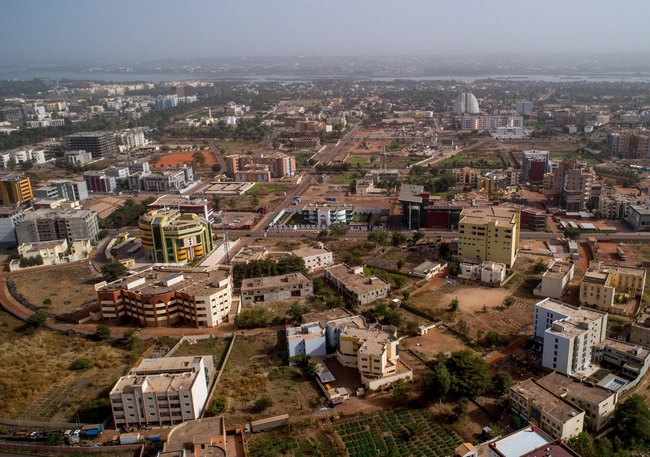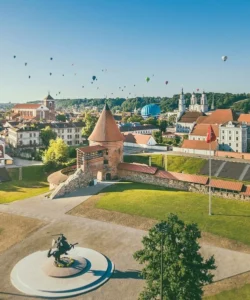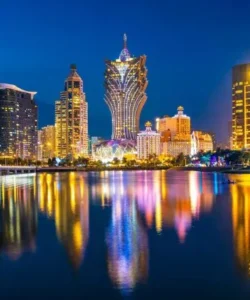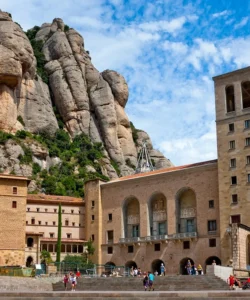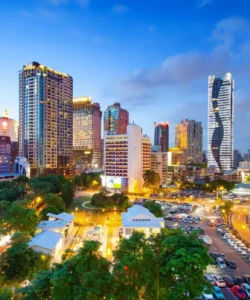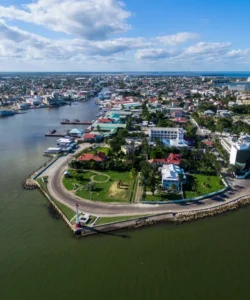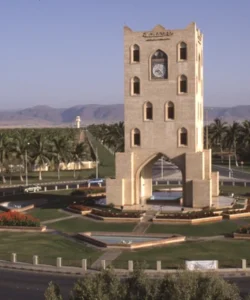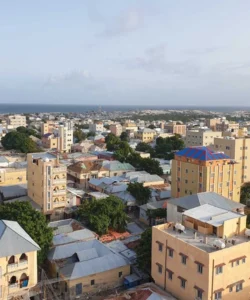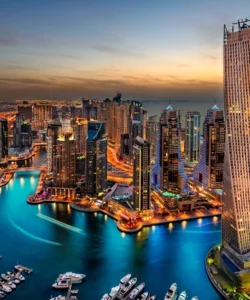Mali, officially the Republic of Mali, is a landlocked country in West Africa with a rich history and vibrant culture.
![]()
Area and Population:
Mali covers an area of approximately 1,240,000 square kilometers (480,000 sq mi). The population is around 20.25 million.
Capital and Major City:
The capital and largest city is Bamako. Other important cities include Timbuktu, Djenné, Gao, and Mopti.
Language:
The official language of Mali is French. However, many indigenous languages are also spoken, including Bambara, Dogon, Songhai, Soninke, Senufo, and Arabic.
Currency:
The currency used in Mali is the CFA franc (XOF).
Religion:
The majority of Mali’s population (around 95%) is Muslim, primarily Sunni Muslims of the Maliki school, often influenced by Sufism. There are also smaller populations of Christians and followers of traditional African religions.
Attractions and Wonders:
Mali boasts a wealth of historical and cultural sites:
- Timbuktu: A fabled city and UNESCO World Heritage site, renowned for its ancient mosques (Sankoré, Djinguereber, Sidi Yahia) and its historical significance as a center of trade and Islamic scholarship in the Sahara. Many of its valuable ancient manuscripts are housed at the Centre de Recherches Historiques Ahmed Baba.
- Djenné: Another UNESCO World Heritage site famous for its traditional mud-brick architecture, particularly the Great Mosque of Djenné, a magnificent example of Sahelian adobe design. The archaeological site of Djenné-Djeno (Old Djenné) is one of the oldest towns in sub-Saharan Africa.
- Dogon Country (Bandiagara Cliffs): This UNESCO site is known for its stunning cliff dwellings, unique architecture, and the rich cultural traditions of the Dogon people, including their cosmology, rituals, masks, dances, and art.
- Gao: Historically the capital of the Songhai Empire, Gao features the impressive mud-brick Tomb of Askia (a UNESCO World Heritage site) and the mosque of Musa I. You can also visit La Dune Rose, a beautiful sand dune on the Niger River.
- Mopti: Located at the confluence of the Bani and Niger rivers, Mopti is a bustling port city. Its mud-brick Grand Mosque and lively central market are worth exploring. You can also embark on boat trips along the Niger River from here.
- Ségou: Known for its flourishing arts and crafts scene and its preserved colonial buildings.
- Boucle de Baoulé National Park: A savannah landscape offering opportunities for safaris to see diverse wildlife like giraffes, leopards, lions, elephants, hippos, and buffalo. It’s also home to prehistoric tombs and rock art.
- Mount Hombori: Mali’s tallest mountain, offering ecological and archaeological significance with its unique flora and fauna and caves inhabited for over 2000 years.
Architecture:
Malian architecture is distinctive, characterized by its traditional mud-brick (adobe) structures. The Great Mosques of Djenné and Timbuktu, as well as the Tomb of Askia, are prime examples of this Sahelian style, often featuring intricate decorations and towering minarets. The Dogon people’s cliff dwellings also showcase remarkable adaptation to their environment.
Roads and Transportation:
Road infrastructure in Mali can vary in quality. Major cities are connected by paved roads, but many rural areas have unpaved roads, which can be challenging to navigate, especially during the rainy season. River transport, particularly along the Niger River, is an important mode of transportation for both people and goods.
Hotels and Restaurants:
In Bamako and other major tourist centers, you can find a range of hotels, from budget-friendly options to more comfortable accommodations. Restaurants typically offer local Malian cuisine, with some establishments providing international dishes.
Cuisine:
Malian cuisine is based on staple grains like rice and millet, often served with flavorful sauces. Common ingredients include various meats (chicken, mutton, beef, goat, fish), and vegetables such as onions, tomatoes, eggplant, plantains, yams, and baobab leaves. Peanuts are also a significant component of many dishes.
Popular Malian dishes include:
- Tô: A thick porridge made from millet, often served with a variety of sauces.
- Maafe (Peanut Stew): A rich stew with a peanut butter base, often including meat (beef or lamb) and vegetables like carrots, potatoes, and sweet potatoes, served over rice.
- Jollof Rice: A flavorful one-pot rice dish cooked with tomatoes, tomato paste, onions, spices, and sometimes vegetables and meat.
- Fufu: A dough-like food made from mashed plantains or yams.
- Grilled Meat and Fish: Seasoned and grilled chicken, beef, mutton, or goat, often served with a side of rice or a sauce.
Drinks often include local juices and traditional Malian tea, which is served in a ritualized three-round ceremony.
